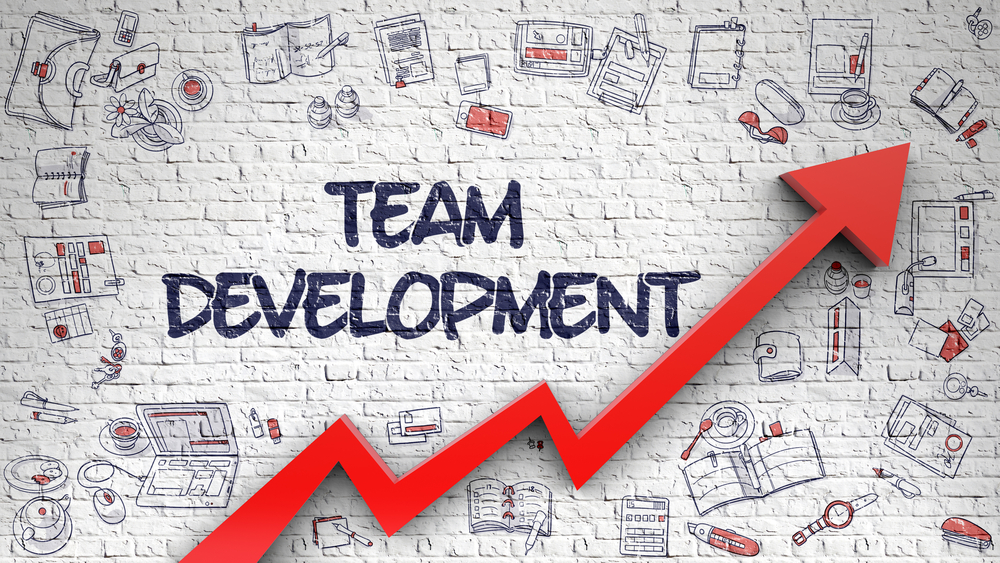Team building is a useful tool that boosts employee morale and engagement, which, in turn, impacts a company’s culture and improves its bottom line. Getting to know each other is the first of five stages in team development and can help set the scene for overall success. Many organizations kick off this stage away from the office and typically include a memorable activity, such as the best San Diego whale watching experience. The first stage is known as forming, followed by storming, norming, performing and adjourning. Here’s a closer look at team development.

Stage 1: Forming
The first meeting should include project information and a framework for moving forward. Remember to include these things:
- Each person’s role and responsibilities
- How you will share information (Google Docs, SharePoint, etc.)
- How the group will resolve issues
You should also include the opportunity for team members to get to know each other, and team building activities are a fun way to break the ice. San Diego team building ideas with a marine theme include whale watching, harbor cruises and lunch or dinner on the water.
Stage 2: Storming
This can be an awkward stage as team members bring their own ideas and way of doing things into the mix. Disagreement is likely, and some arguments may occur. The team leader should remind the group of the ground rules set in the first stage, including decision-making and who is responsible for each part of the project. As you continue to work and communicate with each other, these issues should iron themselves out.
Stage 3: Norming
After the first few months, team members should be growing into their roles and getting used to working together. They begin resolving disagreements themselves without needing to consult the team leader. Members should be helping each other, sharing information, and deciding as a team how best to deal with issues. In this stage, individuals typically also begin to form friendships that continue outside of the work environment.
Stage 4: Performing
Team members are now working well together and are focused on meeting their goals. They support each other, accept group decisions, and take charge of their roles and responsibilities, perhaps taking on more tasks without being asked. Each member is motivated and actively involved in reaching the team goals.
Stage 5: Adjourning
When your goals are accomplished, it’s time to disband the group officially. Take the time to host a wrap-up, perhaps even a return trip to whale watching San Diego. Some groups decide to hold a “post-mortem” to discuss what worked, what didn’t, and what are the take-aways. Regardless of how you do it, it’s essential to mark the end of a project. It leaves team members with a sense of accomplishment and a willingness to repeat the process.
Ongoing Work Groups
These stages are relevant to any team or workgroup, no matter its size or geographic makeup. It’s also applicable to ongoing workgroups, who don’t have a final stage but continue to work together toward common goals. If you’re looking for a unique and memorable team kick-off, research the best San Diego whale watching charters online and do it early to ensure your event coincides with the season.


